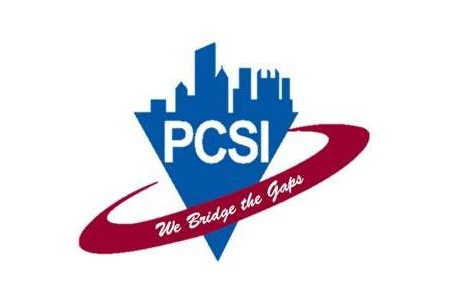
Industry
Nonprofit
Our Role
- Market Research
- Data Analysis
- Survey Design
- Strategy Formulation
Situation
Pittsburgh Community Services, Inc. (PCSI), an agency to address causes of poverty and to eliminate its effects, engaged The Hill Group to conduct Phase II of its Community Needs Assessment throughout the City of Pittsburgh and to gain an understanding of the breadth and depth of needs held by city residents.
Solution
Through this assessment, The Hill Group identified areas where PCSI would have the greatest impact and helped the organization improve resource allocation and enhance its service offerings. The Hill Group study identified the following top residual need areas in the City of Pittsburgh:
1. Affordable housing
2. Financial aid for education
3. Financial literacy
4. Health insurance coverage
5. Credit counseling
This needs assessment revealed that PCSI could provide greatest impact in the community by investing in programs and services that address the educational and health and welfare needs of Pittsburgh residents with special focus on fulfilling basic necessities and building the foundation for future self-sufficiency.
Results
- An objective evaluation of community needs that provided basis for fund development efforts
- Identified high impact areas for efficient and effective resource allocation
- Served as a foundational component for future strategic planning
- Provided general intelligence to community leaders and policymakers regarding needs of city residents
Behind the Scenes
To accomplish PCSI’s goals, The Hill Group conducted quantitative research of community data with the completion of a needs assessment survey and qualitative, strategic interviews. Our team developed a scales and ladders continuum to profile individuals across all applicable need areas. In order to better understand the respondent population and appropriately gauge the needs of the city, The Hill Group utilized City of Pittsburgh Department of Urban Planning SNAP regions to segment the city’s many neighborhoods and to profile each region’s socioeconomic status. This information assisted in understanding geographic priority neighborhoods in which data collection resources would be focused.
Once regions were defined and prioritized, The Hill Group deployed an interview-based survey to collect data on individual needs in the four areas of focus, the services currently received in these areas, and the current level of satisfaction with those services. The survey also requested general socioeconomic and geographic information to better understand the sample and to what degree its results are representative of the target population.